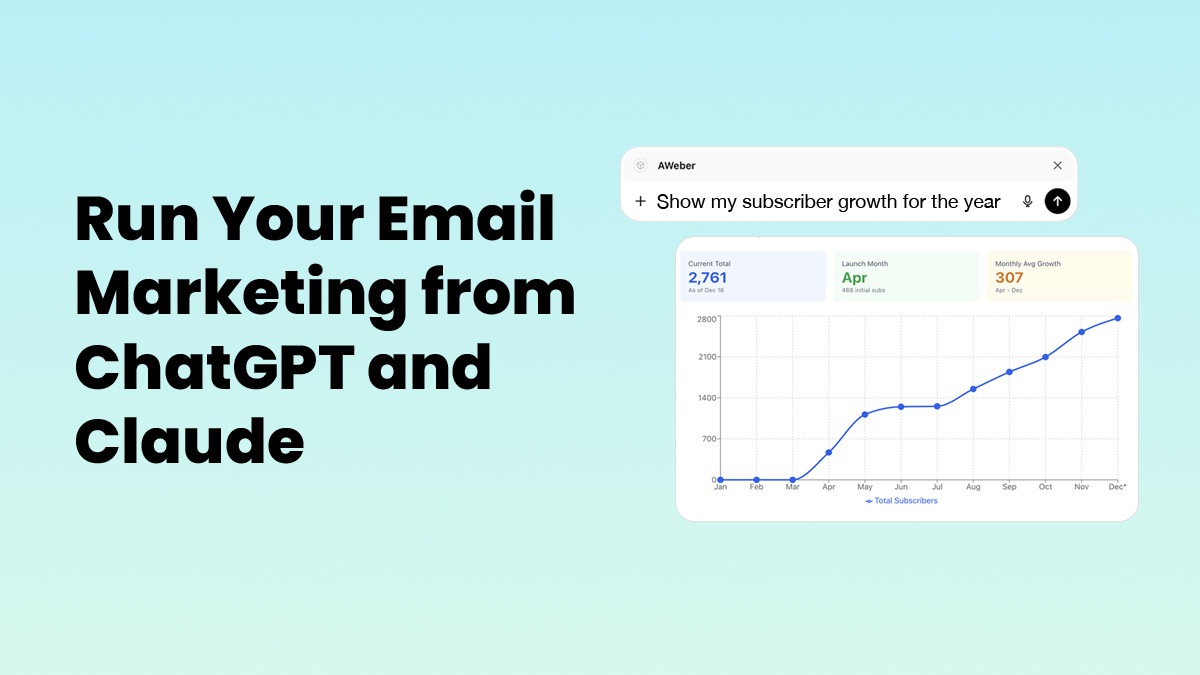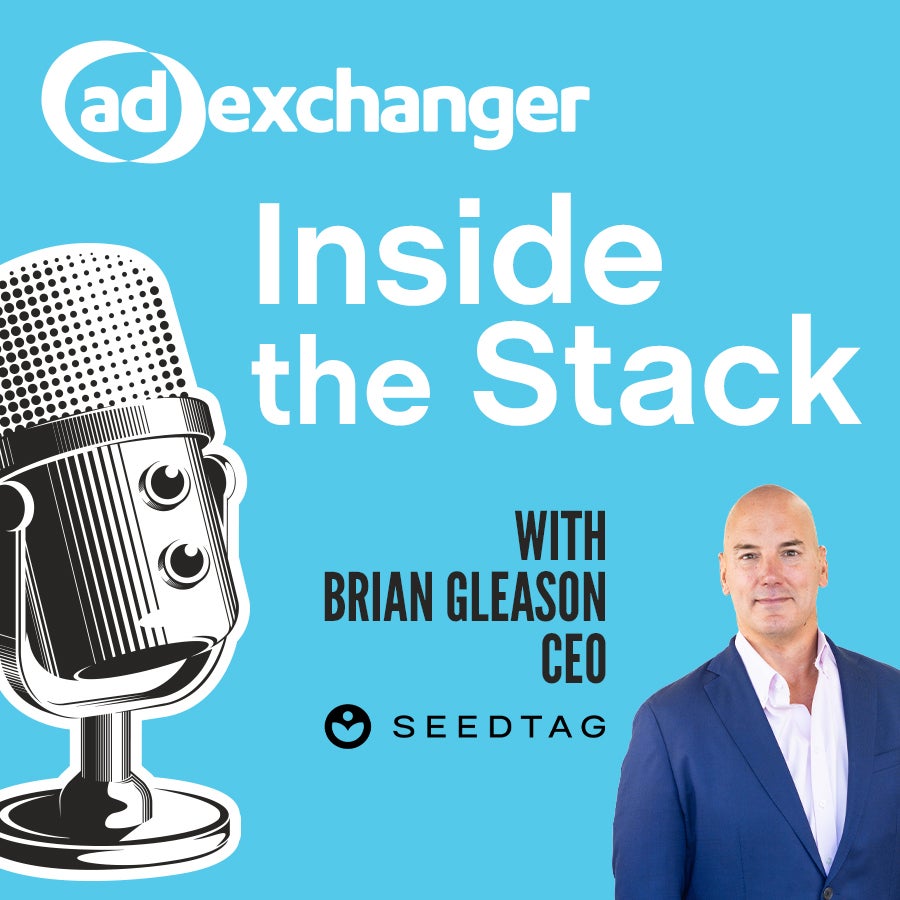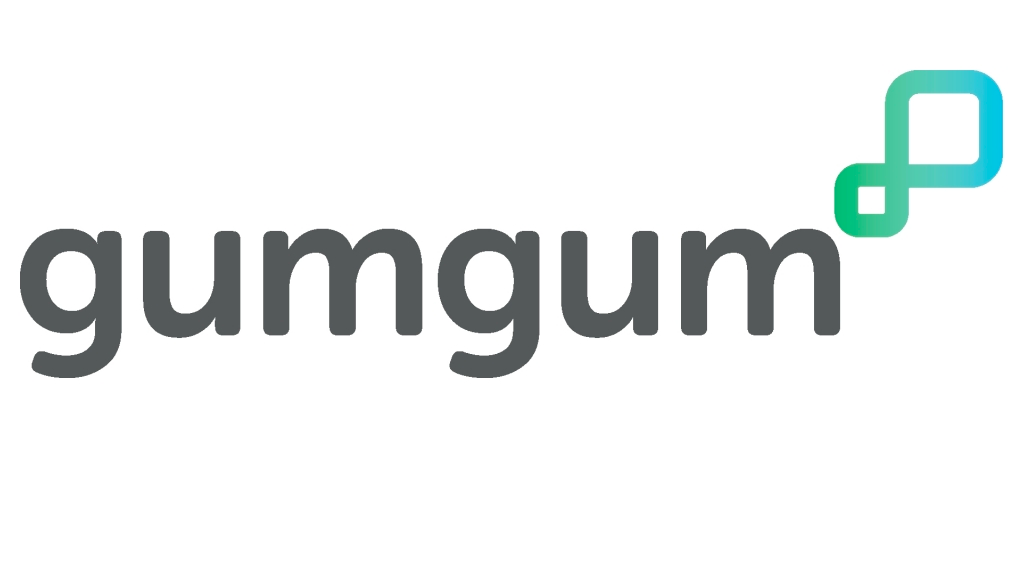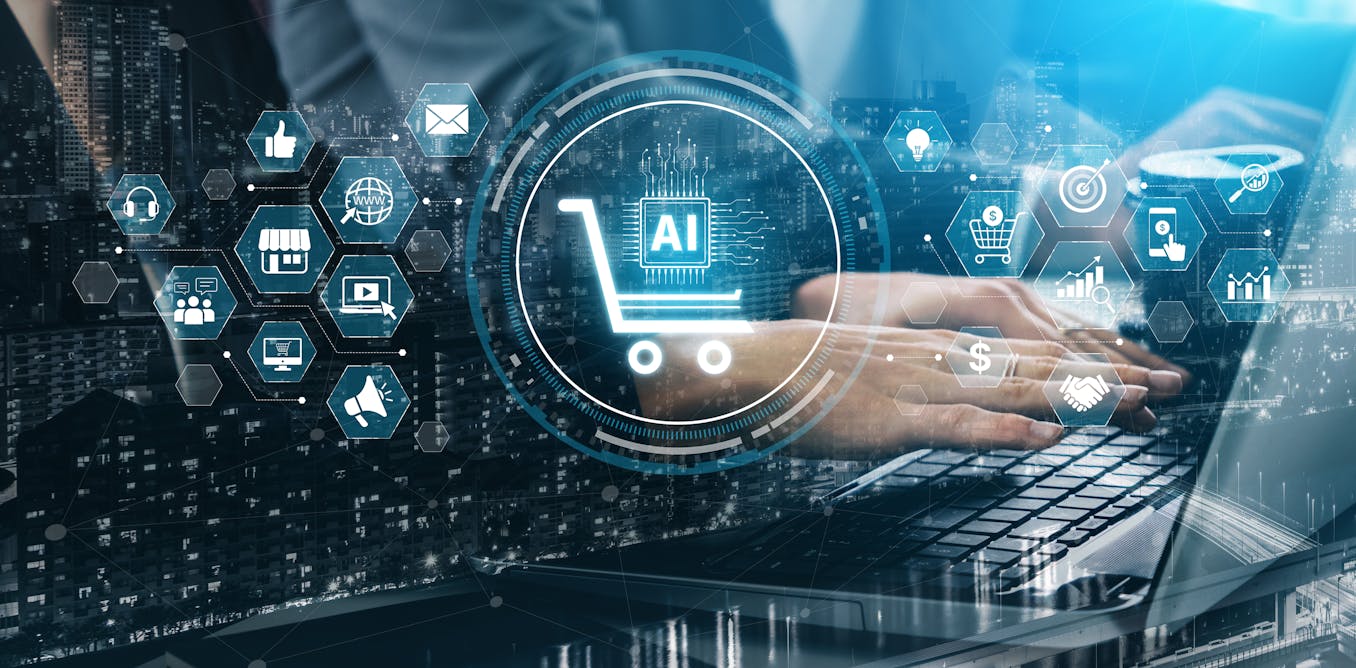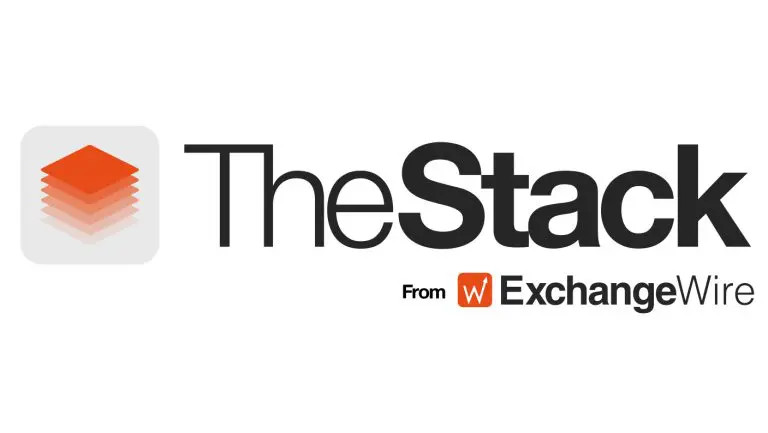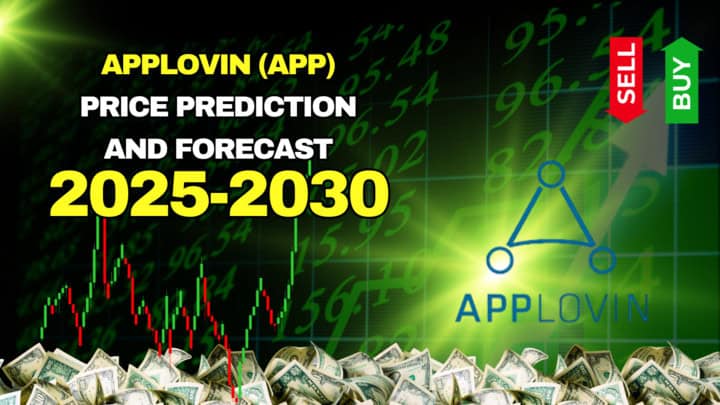Marketing tech
Marketing tech
[ follow ]
#programmatic-advertising #generative-ai #ad-tech #google-ads #contextual-advertising #email-marketing
fromThe Drum
8 hours agoThe media battleground: linking attention metrics to business outcomes
In the age of attention, it has become clear that viewability as a primary metric is no longer enough to gauge the true success of advertising. While viewability can still tell advertisers that their ads were in view of a consumer, it doesn't show how engaged they were or how they interacted with the ad. Attention metrics go beyond the impression to provide a more precise method in assessing the quality and effectiveness of media.
Marketing tech
fromExchangewire
9 hours agoThrad Launches $5k Monetisation Fund to Establish Advertising as the Primary Monetisation Engine for the AI Ecosystem
Thrad, the AI-native advertising infrastructure provider, has announced the launch of the USD$500,000 (£370,000) Thrad Monetisation Fund. The initiative aims to solve a critical bottleneck in the current market: the lack of scalable revenue models for conversational AI products. As AI adoption reaches record levels, many developers with chat-based interfaces face significant challenges in achieving sustainable yield. Thrad's new fund provides a dual solution by offering direct financial support alongside the technical infrastructure required to deploy native, in-chat advertising.
Marketing tech
fromLondon Business News | Londonlovesbusiness.com
1 day agoFive strategic priorities for CEOs investing in customer experience technology - London Business News | Londonlovesbusiness.com
Customer experience technology has a habit of reappearing on leadership agendas every few years. Not because it suddenly feels exciting again, but because something quietly stops working. Customers complain more. Staff spend too much time chasing information. Decisions get made on partial data. What has changed recently is the pressure coming from multiple directions at once. Expectations are higher, patience is lower, and automation has moved from back office efficiency to front line interaction.
Marketing tech
fromAdExchanger
1 day ago6 (More) AI Startups Worth Watching | AdExchanger
AI startups are a bit like podcasts. Which is to say, everyone seems to have one. So how does an AI startup stand out amid so much noise? There's no simple formula for standing out. But, for many founders, the key is a personal connection to the problem their startup aims to solve. That and a belief that humans should stay at the steering wheel, even when the systems run agentically.
Marketing tech
fromThe Drum
3 days agoThe Sisyphean struggle of being an explainer in 2023 is causing burn-out
While it doesn't say "explainer" on my resume, maybe it should. Over twenty-ish years, I've held many roles in digital advertising, media, and marketing, but I always wear the same explainer hat. Whenever something new and complex arrives on the scene-these days, that's clean rooms, identity, CTV, and increasingly, AI, I'm one of those people that colleagues turn to for clarification. If you're one of those people, you know what I'm talking about.
Marketing tech
fromAdExchanger
5 days agoAdExchanger's Top 4 CTV Stories Of 2025 | AdExchanger
Less than a month before Netflix was set to debut its in-house ad server, VP Nicolle Pangis chatted with our own executive editor, Sarah Sluis, at CTV Connect in March. (Since then, both have taken on new titles: Sluis as editorial director of ad tech and emergent media, and the event as Convergent TV World for 2026.) In addition to finally revealing a name - Netflix Ad Suite, or NAS for short - Pangis also teased what buyers could expect once they were able to buy Netflix ads through the new product.
Marketing tech
Marketing tech
fromDigiday
5 days agoMedia buyers shift spend from The Trade Desk's OpenPath over transparency concerns
OpenPath's opaque supply-chain pricing and publisher fees have prompted media buyers to pause investments, undermining trust despite The Trade Desk's improving commercial performance.
fromMarTech
6 days agoNew AI Visibility Awards spotlight brands thriving in AI-generated search results | MarTech
marketers face a growing question: How do you make sure your brand shows up in the answers? Semrush thinks it's found an answer - and it's launched an award program to highlight the brands leading the way. The newly announced AI Visibility Awards recognize the companies most cited, recommended, and surfaced in AI-generated responses, drawing from Semrush's AI Visibility Index - a dataset built on over 2,500 real prompts run through ChatGPT and Google's AI Mode.
Marketing tech
Marketing tech
fromExchangewire
6 days agoClinch Introduces Predict IQ Scores to Help Advertisers Validate Creative Effectiveness Pre-Launch
Clinch launched Predict IQ Scores™ to predict creative attention and performance pre-launch, enabling creative optimization, reduced wasted ad spend, and tailored diagnostics.
fromThe Drum
6 days agoJCDecaux and S4M announce a global advertising partnership, enhancing media efficiency and synergies between OOH and mobile
This offer, which will be available initially in eight markets worldwide including France, the USA, Spain, Italy, Belgium, the Netherlands, Singapore and Mexico, will allow advertisers to buy drive-to-store campaigns both on JCDecaux's OOH network, and on mobile using S4M's platform. By using both mediums, brands can target catchment areas around their stores, reaching more prospects than they would with one channel alone. S4M's drive-to-store capabilities also allow advertisers to easily measure the footfall delivered by their OOH and mobile campaigns.
Marketing tech
fromDigiday
6 days agoWhy brands are still showing up on Roblox
Over the past year, Roblox has become harder for brands to ignore - not because it has resolved the challenges of digital commerce, but because of the scale at which younger consumers already use it. The platform now reaches 151 million daily active users who spend close to three hours a day inside its experiences, which will equate to more than 88 billion hours of engagement in 2025.
Marketing tech
Marketing tech
fromExchangewire
6 days agoShinka.io Partners With Digital High Street Media as it Expands its DOOH Customer Portfolio
Shinka partnered with High Street Media to integrate programmatic DOOH across retailer networks, streamlining operations and driving increased revenue for retail and brand partners.
fromBusiness Insider
6 days agoHow companies can use AI to tell their brand stories and attract talent
Before applying for a position, job seekers often want to know factors beyond the role's responsibilities, like a company's values, employee experience, and growth opportunities. Like many areas of the workforce, artificial intelligence can help with this. Brand image "sets the tone for how people view your company long before they ever interact with you," she adds. It gives job candidates "clarity, confidence, and a sense of direction" about whether an organization is a good fit.
Marketing tech
Marketing tech
fromSitePoint Forums | Web Development & Design Community
6 days agoHow Important Is an SMTP Service Provider for Email Deliverability?
Using a professional SMTP service with proper authentication, dedicated servers, and reputation management significantly improves email deliverability for bulk and transactional emails.
fromExchangewire
1 week agoCreative Optimisation in the Age of AI: Predictions on a New Craft
AI has reimagined the whole advertising ecosystem, a big part of that being creative. As AI develops, more options present themselves: we've now reached a point where it's possible to let AI execute the majority of the processes involved in carrying out an ad campaign, with just minimal human intervention here and there. And the requirement for any human interaction is diminishing.
Marketing tech
fromMarTech
1 week ago4 marketing problems AI can actually solve right now | MarTech
Marketing budgets in 2025 have stayed the same, yet expectations keep rising. CMOs report budgets stuck at roughly 7.7% of company revenue, which means teams are expected to do more with the same dollars. In that context, the most practical use of AI is not a moonshot, but a set of clear fixes to everyday bottlenecks that slow teams down and drive costs up.
Marketing tech
fromHubspot
1 week agoLoop Marketing software that grows with your business strategy
Loop Marketing is HubSpot's modern growth framework, designed for the AI-driven marketing landscape. The marketing framework reshapes the traditional linear funnel with a continuous cycle of four interconnected stages: Express - defining brand identity Tailor - personalizing messaging at scale Amplify - diversifying across channels where buyers actually are Evolve - optimizing in real time Loop Marketing software is an integrated technology stack that addresses each stage through a unified system.
Marketing tech
fromAdExchanger
1 week agoThe Trade Desk Lays Off Staff One Year After Its Last Major Reorg | AdExchanger
Tuesday's reorg "is part of our mission to constantly ensure we have the right skills and experiences in place to drive innovation and value for the world's biggest advertisers in what is a fast-evolving ad tech environment," the TTD spokesperson said. "And as part of that, a handful of folks are moving on from The Trade Desk." The restructuring comes almost exactly one year after The Trade Desk underwent what CEO Jeff Green as "the biggest reorganization" in the company's history.
Marketing tech
[ Load more ]









